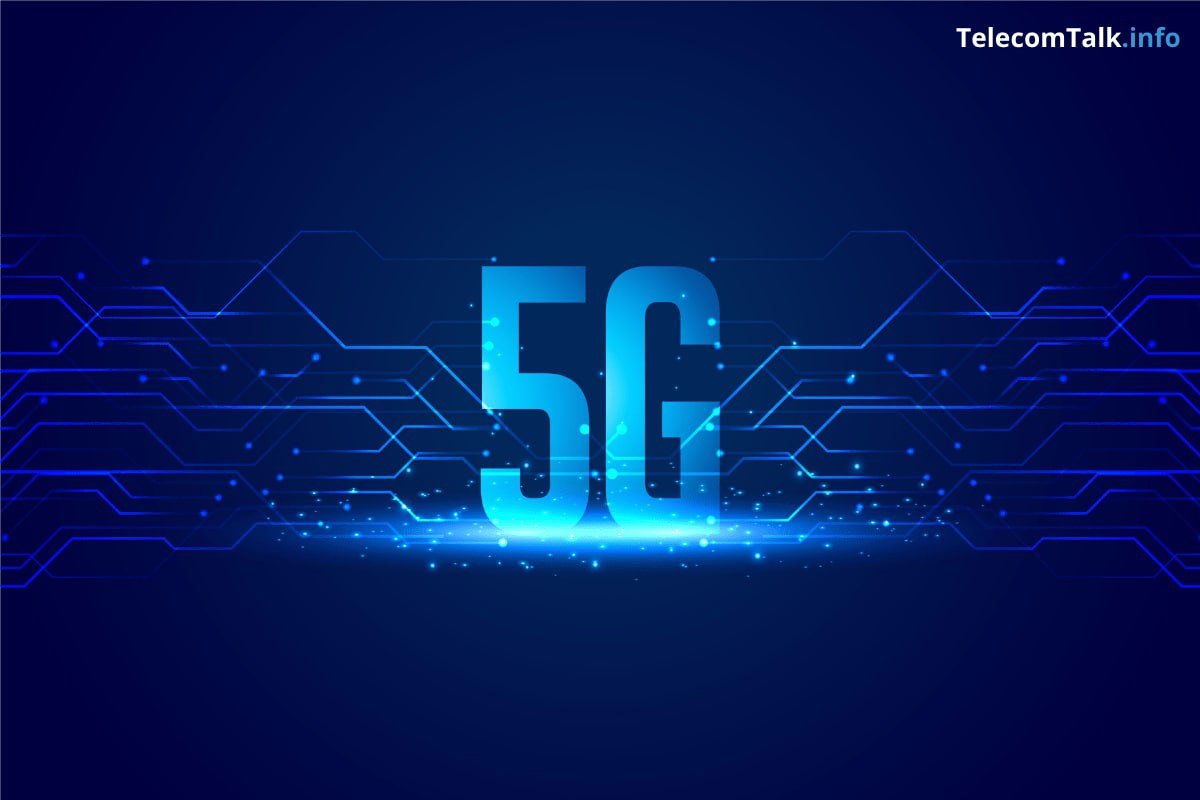The tech space is one of the industries that is dynamic and flexible. Every year we see advancements in terms of either new technology or some enhanced and improved features of the existing technology. 5G is the latest and upcoming generation of cellular technology. It is a successor to the currently prevalent 4G network. 5G mainly focuses on improving the experience of wireless network that includes faster speed, minimal latency and increased flexibility. It empowers a new network that connects machines, objects and devices together virtually.
Technology Behind 5G Networks
Where earlier generations of mobile networks focused on connectivity, 5G takes it up a notch and delivers experiences connected from the cloud to clients. The 5G infrastructure will bring forth new upgrades to network architecture. 5G uses a new process of regulating one single digital signal onto different channels. The process is called orthogonal frequency-division multiplexing or OFDM. OFDM ensures a relatively reduced interference in the signal. 5G network will cover spectrums not used by 4G, and it will be capable of doing so by using the 5GNR (New Radio) air interfaces. It will also be using higher bandwidth technologies like mmWave and sub-6 GHz bands.
5G Vs 4G – Difference in Numbers
In terms of speed, 5G will be significantly faster than 4G. Where 4G could provide a peak speed of 1 GBPS, 5G would be capable of delivering a speed of up to 20 GBPS. It can do so by using all kinds of available spectrums that include low-band, mid-band and high band that will not only provide high-speed connection but higher coverage as well. 5G is built to support 100 times more traffic than 4G networks without compromising efficiency. Talking about latency, 5G will have a significantly lower latency with a 10-fold decrease in latency, bringing it down to 1 ms.
Real-World Use of 5G Networks
On one side of the page, it may seem that 5G networks are just faster and more reliable networks compared to its predecessor 4G, but these improvements open up doors to a number of real-world uses for 5G. With the increase in internet consumption in urban and rural parts of the world, 5G networks will bridge the gap in capacity by improving connectivity. Driverless cars, remote healthcare, augmented and virtual reality, cloud gaming are different sectors that will be befitted with the adoption of 5G Networks. According to Qualcomm, 5G has already resulted in 13.1 trillion dollars of global economic output, creating 22.8 million jobs across the globe.
